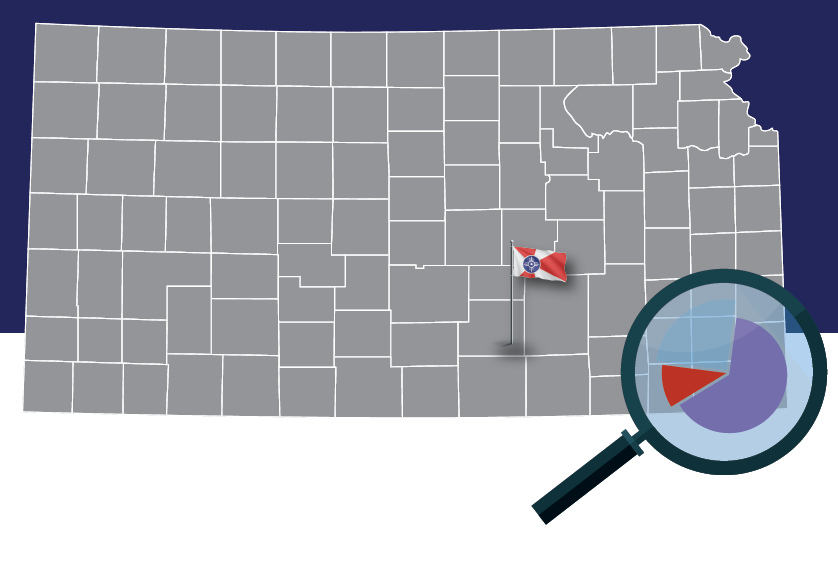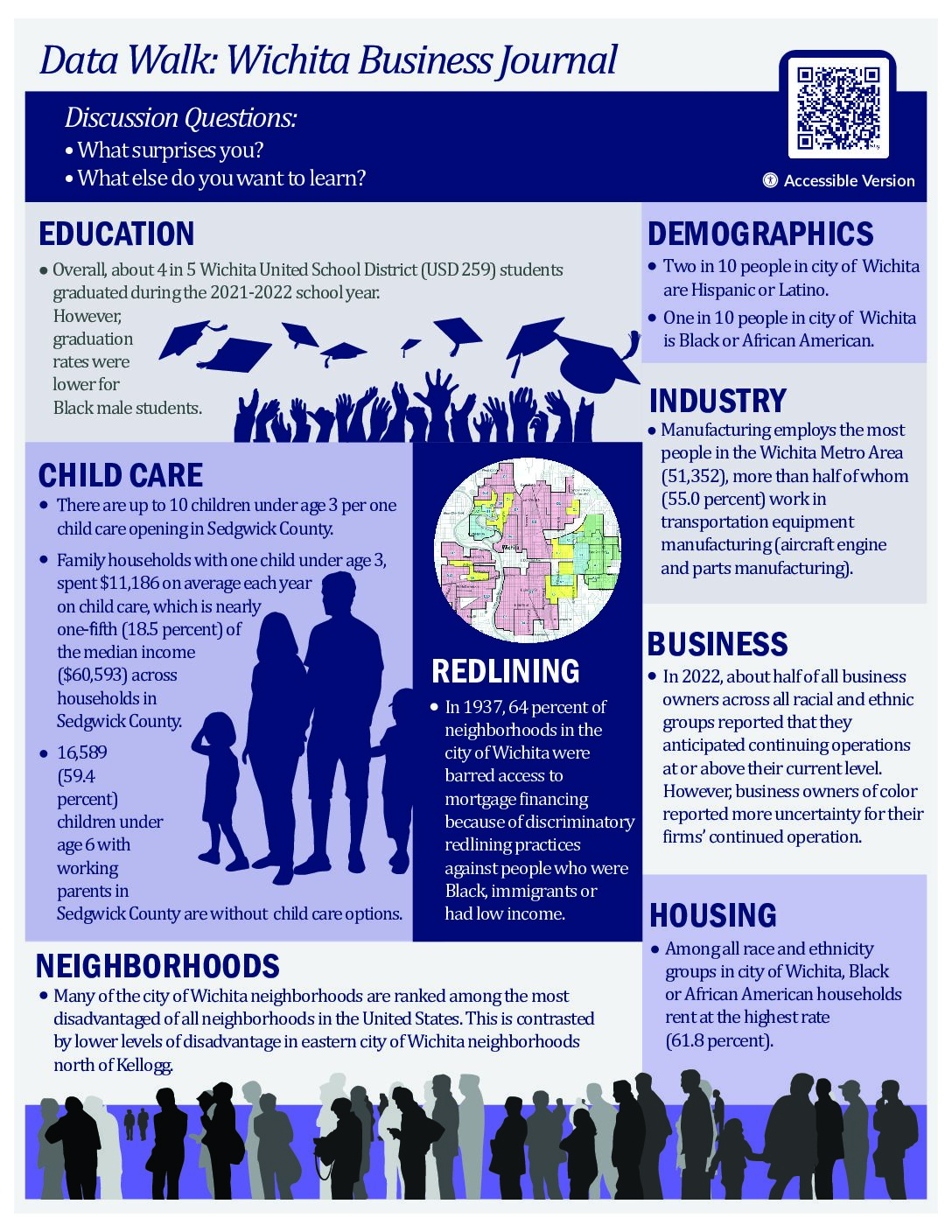Business
What This Measures
Business owners of employer firms’ reported expectations for continued business operations into 2023 by race and ethnicity in the United States.
Uncertain Future
In 2022, about half of all business owners across all racial and ethnic groups reported that they anticipated continuing operations at or above their current level. However, business owners of color reported more uncertainty for their firms’ continued operation.
Stacked Bar Chart: Expectation for Continued Business Operations into 2023 by Business Owner Race and Ethnicity in the United States, 2022
Yes, at or above the current level of operations (Employer Firms %)
- White: 55.1%
- Hispanic: 51.6%
- American Indian and Alaska Native: 48.2%
- Black or African American: 48.5%
- Asian: 44.5%
- Native Hawaiian and Other Pacific Islander: 49.9%
Yes, at or below the current level of operations (Employer Firms %)
- White: 27.7%
- Hispanic: 30.0%
- American Indian and Alaska Native: 30.4%
- Black or African American: 29.9%
- Asian: 31.5%
- Native Hawaiian and Other Pacific Islander: 21.4%
No (Employer Firms %)
- White: 4.5%
- Hispanic: 3.2%
- American Indian and Alaska Native: 4.8%
- Black or African American: 4.0%
- Asian: 4.6%
- Native Hawaiian and Other Pacific Islander: 4.7%
Don’t Know (Employer Firms %)
- White: 12.8%
- Hispanic: 15.2%
- American Indian and Alaska Native: 16.6%
- Black or African American: 17.7%
- Asian: 19.3%
- Native Hawaiian and Other Pacific Islander: 24.0%
Note: Survey of business ownership (51 percent or more of the stock or equity in the business) and categorized by firms. Firms with no majority owner were asked to report demographics for up to 4 persons owning the largest percentages of the business (minimum of 10 percent ownership). Firms were only counted once per totals in each racial group but could be included in more than one group if sole, majority (51 percent), or majority combination of owners reported to be of multiple races.
Source: Preliminary Data from U.S. Census Bureau and National Center for Science and Engineering Statistics, 2022 Annual Business Survey.
Why This is Important
Business ownership has been an important tool for generational wealth development in the United States. In 2019, equity from business ownership formed 34 percent of household nonfinancial assets, second only to home ownership (45 percent). However, inequitable historical policies such as redlining, restrictive covenants and exclusionary zoning policies barred communities of color from building wealth in these ways. Today, although businesses owned by people of color are growing, the lasting impact of these policies can create additional challenges for entrepreneurs of color who are seeking small business loans because of the common requirement to be able to personally guarantee the loan. During the COVID-19 pandemic, business owners of color also experienced greater earning losses than White business owners.
Source: U.S. Centers for Disease Control and Prevention, U.S. Small Business Administration, Urban Institute, Kansas Department of Commerce.
An Initiative of
Wichita Business Journal: Diversity, Equity & Inclusion Summit
Funding and Support Provided by
Kansas Health Foundation
Kansas Leadership Center
Analysis and Design by
Kansas Health Institute
